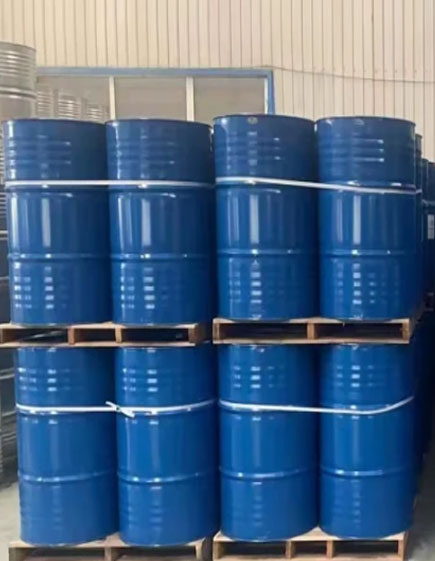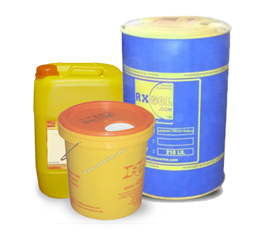Alphabets Search
Product Search
Categories
- --None--
- Agriculture-94
- Air Lines-36
- Asphalt Release / Products-90
- Automobiles-41
- Ballast Tank Chem-23
- Boiler Chemicals-42
- Carbon Coal Charcoal-26
- Clean Air deodorizer-24
- Construction Chem-67
- Coolant Glycol Antifreeze-27
- Cooling Water Chemical-43
- Corrosion Inhibitor-44
- Deck cabin galley Maintenance-25
- Degreaser-10
- Detergent & Soap-12
- Drain Clean Products-29
- Drilling Fluids & Mud Oil Field chemicals-81
- Electrical Cleaner-30
- Engine room Maintenance-16
- Evaporator Treat-51
- Floor Care ( Polish / Cleaner ) -13
- Foundry Ind Chemicals-54
- Fuel Treatment-70
- Gasses-66
- GREASES-92
- Hand Wash / Personal care-14
- Hold Solution-22
- House / HOTEL & CATERING-15
- Lab Chemical-60
- Lab Equipment-61
- Laundry Chemicals-26
- Leather Chem-96
- Medicine-95
- Metal Treatment-68
- Oil Spill Chem & Accessory -17
- Paint and Cleaning solvent-18
- Passivation-38
- Power Plant / Heavy Industries-37
- Pump & Accessory-21
- Radiator and AC coil cleaner-39
- Railway Maintenance-35
- Raw Chemicals-19
- RIGS Oil Field-34
- RO Chemicals-33
- Rubber Chemicals-93
- Rust Clean & Protect-28
- Safety Item-64
- Scale Remover-11
- Sewage Chemicals Treatment-40
- Stains Indicator Reagents-69
- Swimming Pool & Spa-31
- Tank Cleaner-20
- Test Kit For Water-62
- Textiles / Looms-91
- Wall Wash Test Kit-63
- Water Filter, Vessel, Softner, Accessory-32
- Water Treatment-40
- Wrench & Tools-65
Peracetic acid 32
Peracetic acid is an environmentally safe and versatile anti-microbial agent and a powerful antioxidant
30.00Kg.(Liq)
Product Description
Peracetic acid supplier and Exporter from INDIA.
A water like clear & colorless liquid. An aqueous equilibrium solution containing peracetic acid, Hydrogen peroxide, acetic acid and special stabilizers. This product is considered environmentally safe since it decomposes to acetic acid and oxygen. Acetic acid is completely biodegradeable.
Product Technical bulletin
Peracetic acid :
A water like clear & colorless liquid. An aqueous equilibrium solution containing peracetic acid, Hydrogen peroxide, acetic acid and special stabilizers. This product is considered environmentally safe since it decomposes to acetic acid and oxygen. Acetic acid is completely biodegradeable.
Chemical Properties of Three Equilibrium Grades of Per Acetic Acid
|
Property |
Value |
||
|
|
5% PAA |
15% PAA |
35% PAA |
|
Ratio of components : |
5 : 22 : 10 : 63 |
15 : 20 : 15 : 50 |
35 : 7 : 40 : 18 |
|
Freezing / Melting Point |
-26 to – 30°C |
-30 to -50°C |
-44°C |
|
Boiling Point |
99 to 105°C |
>100°C |
>105°C |
|
Density (g/cm³ ) at 20°C |
1.12 |
1.15 |
1.13 |
|
Vapour pressure at 20°C |
21 hPa |
25 hPa |
17 hPa |
|
Flash Point (Closed Cup) |
74 to 83 °C |
68 to 81°C |
42 to 62°C |
|
Self accelerating decomposition |
>55 to >65°C |
>50°C |
>55°C |
Application :
Peracetic acid is a strong disinfectant with a wide spectrum of antimicrobial activity. Due to its bactericidal, virucidal, fungicidal, and sporicidal effectiveness as demonstrated in various industries, the use of peracetic acid as a disinfectant for wastewater effluents has been drawing more attention in recent years. The desirable attributes of peracetic acid for wastewater disinfection are the ease of implementing treatment (without the need for expensive capital investment), broad spectrum of activity even in the presence of heterogeneous organic matter, absence of persistent toxic or mutagenic residuals or by-products, no quenching requirement (i.e., no dechlorination), small dependence on pH, short contact time, and effectiveness for primary and secondary effluents. Major disadvantages associated with peracetic acid disinfection are the increases of organic content in the effluent due to acetic acid (AA) and thus in the potential microbial regrowth (acetic acid is already present in the mixture and is also formed after peracetic acid decomposition). Another drawback to the use of peracetic acid is its high cost, which is partly due to limited production capacity worldwide. However, if the demand for peracetic acid increases, especially from the wastewater industry, the future mass production capacity might also be increased, thus lowering the cost. In such a case, in addition to having environmental advantages, peracetic acid may also become cost-competitive with chlorine.
Product label

Request for Quote and Get Heavy Discount on Price

